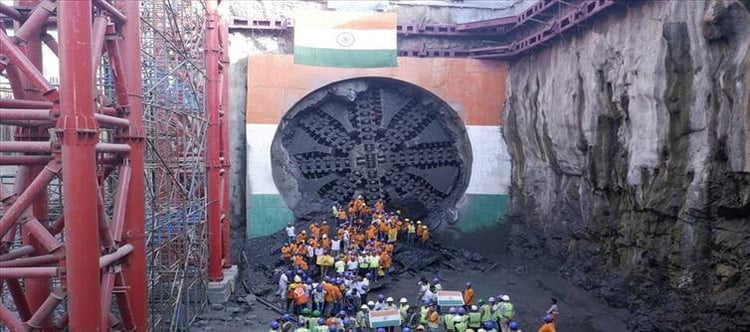
Reportedly the construction of India’s first undersea bullet train tunnel, a part of the ambitious mumbai to ahmedabad High Speed rail (HSR) Corridor, has achieved significant milestones in Maharashtra. The 21 kilometre long tunnel, which will stretch from the mumbai underground station at Bandra-Kurla Complex (BKC) to Shilphata, is a critical segment of this landmark project. Among its many noteworthy features is a seven kilometre undersea section beneath thane Creek. This will be India’s first venture into undersea tunneling for a high speed rail project, symbolizing a leap forward in the nation’s infrastructure development.
Perhaps the construction of the 21 kilometre tunnel is divided into two phases. The first part, covering 16 kilometres, is being excavated using Tunnel Boring Machines (TBMs). These machines are specifically designed for precision excavation, minimizing the environmental impact while ensuring safety and efficiency. The second phase involves the construction of a five kilometre section using the New Austrian Tunneling Method (NATM), which is often used for complex underground projects.
Moreover the undersea tunnel beneath thane Creek is not just a technological marvel; it is a pivotal part of the larger Mumbai-Ahmedabad HSR Corridor, which promises to revolutionize travel between the two cities. Once completed, the bullet train will drastically cut down travel times and mark a new chapter in India’s transportation infrastructure. This project, incorporating cutting-edge engineering techniques and advanced safety measures, positions india as a global leader in high-speed rail technology.




 click and follow Indiaherald WhatsApp channel
click and follow Indiaherald WhatsApp channel